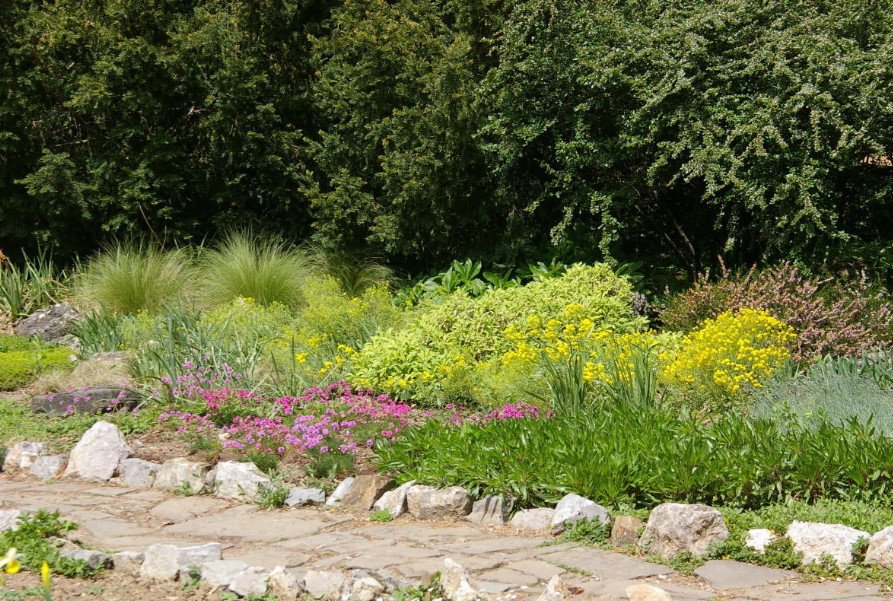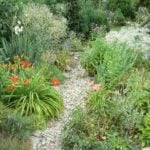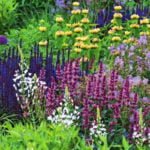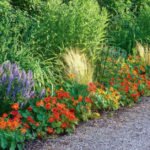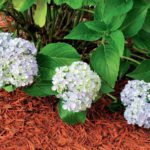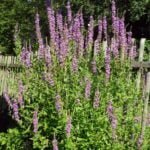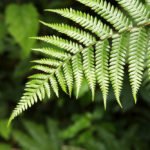Lack of water in the country – no reason to abandon the arrangement of flower beds and flower beds, but many garden plants simply will not survive without regular watering. Therefore, the owners of such sites should bet on drought-resistant species, forms that grow in nature in similar conditions, content only with what the sky sends.
In the scientific world, drought-resistant plants are called xerophytes. They adapted to life in such conditions.
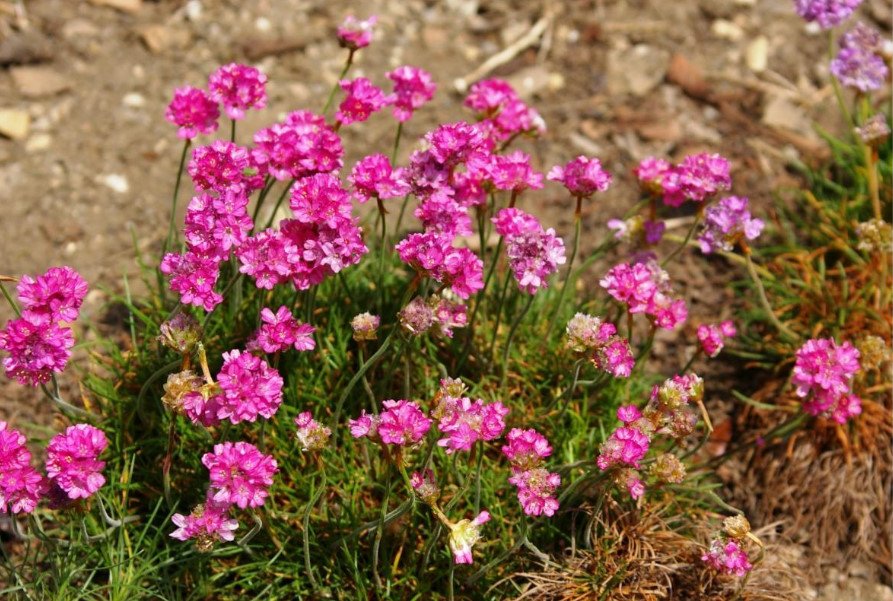
Some of them develop a powerful root system that produces life-giving moisture from the deep layers of the soil. Others with the help of various morphological changes have adapted to economically consume water, storing it “on a rainy day” in parts of the body. And ephemerae, ephemeroids in General have reduced their life cycle, managing to complete it before the dry period.
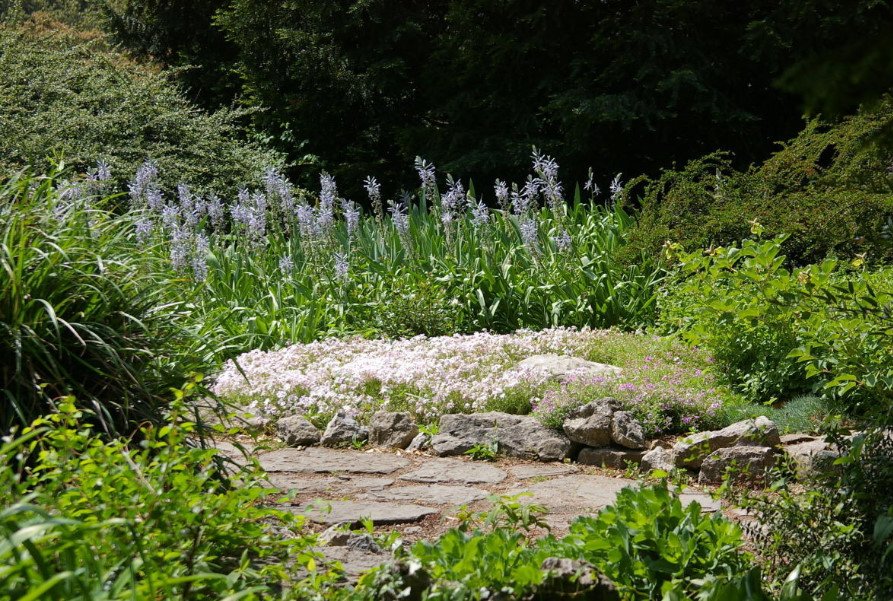
Therefore, giving a dry area may well be a source of love and inspiration, if you choose the right plants for its design.

And there are many plants:
- Sedum;
- Saxifraga;
- Sempervivum;
- Eryngium;
- Cynara;
- Santolina;
- Yucca;
- Hyssopus officinalis;
- Cistus;
- Lavandula;
- Rosmarinus officinalis and others.
And again we have selected ten popular leaders of herbaceous perennials, semi-shrubs, bringing their decorative varieties.
Antennaria dioica
Antennaria dioica – dry prostrate gray-green perennial with a height of 5 cm and a width of 45 cm.
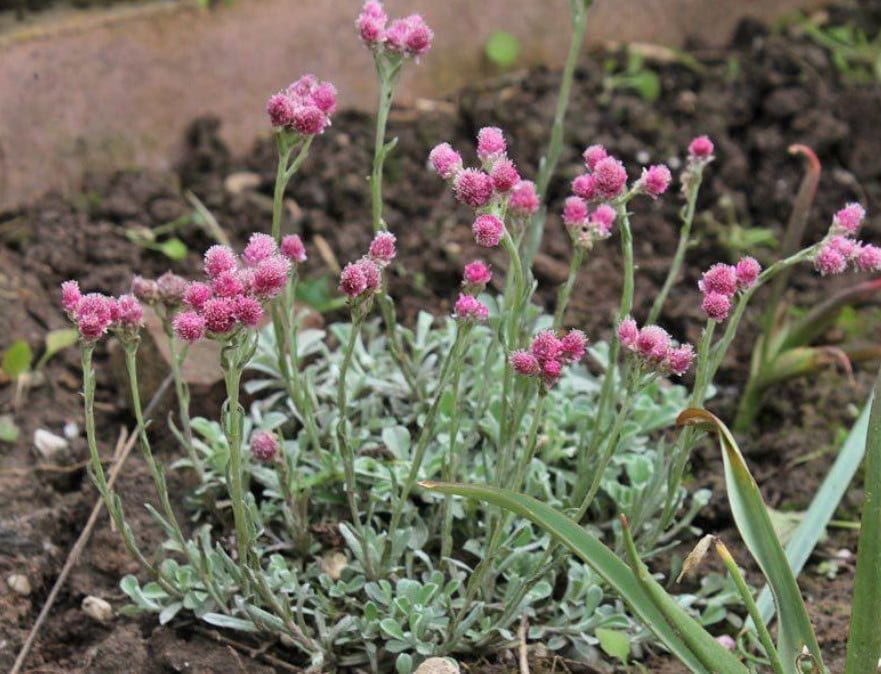
The flowers are small-from white to light pink, pubescent shields; bloom in mid-summer.
Decorative varieties:
- ‘Nyewoods’ – 20 cm wide, dark pink flowers;
- ‘Rosea’ – pink flowers.
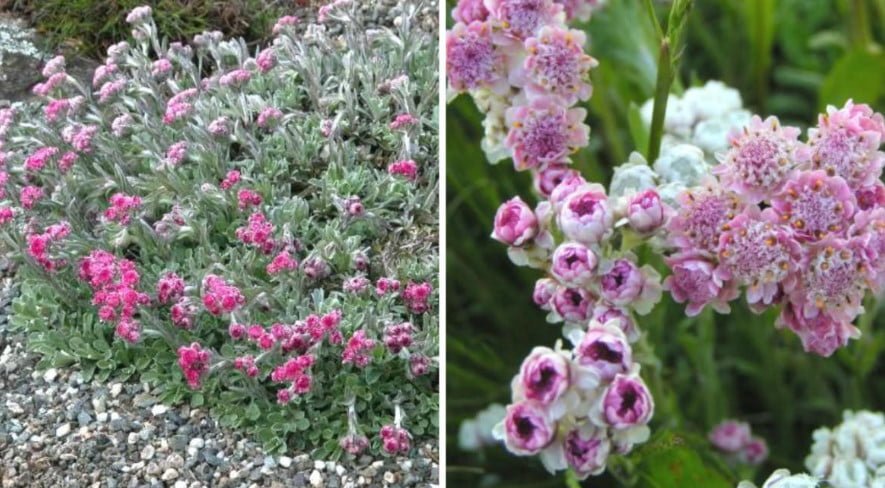
Beautiful dense clumps of cat’s foot will effectively look in rockery and drought-resistant mixborder. It is good to loosen the soil occasionally, and after rains – to mulch. Propagated by division in the spring or early summer.
Seaside thrift
In summer, rockeries on dry areas of the garden are decorated with bright blossoms of Armeria on low peduncles.
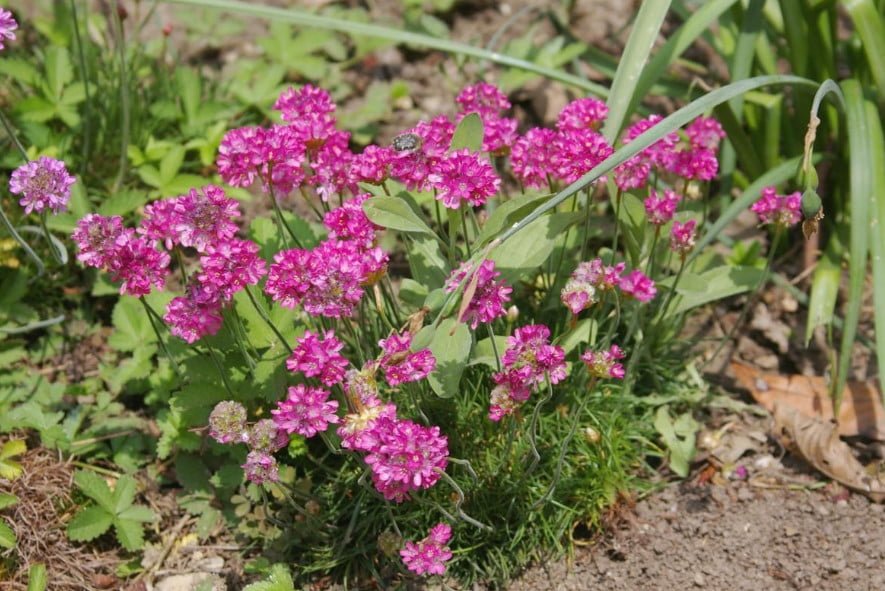
Armeria maritime is a herbaceous perennial, up to 20 cm high, up to 30 cm wide; forms spectacular pillows. Globular inflorescences are collected from pink, white, red flowers; bloom in may-June.
Decorative varieties:
- ‘Bloodstone’ – dark red flowers;
- ‘Vindictive’ – height 15 cm, pink flowers.
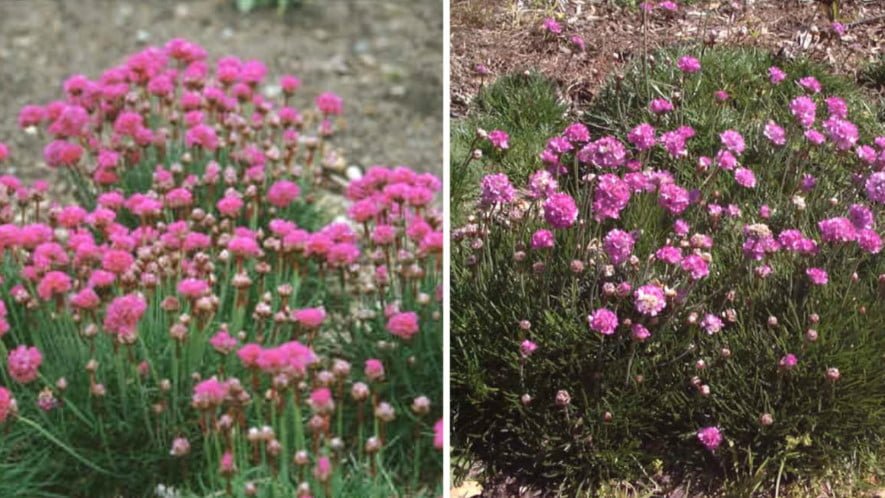
In the middle lane in cold winters without snow may suffer. Propagated by seeds, cuttings.
Asphodeline lutea
In nature, its flowering is so impressive that the desire to see this unusual beauty in his country is understandable.
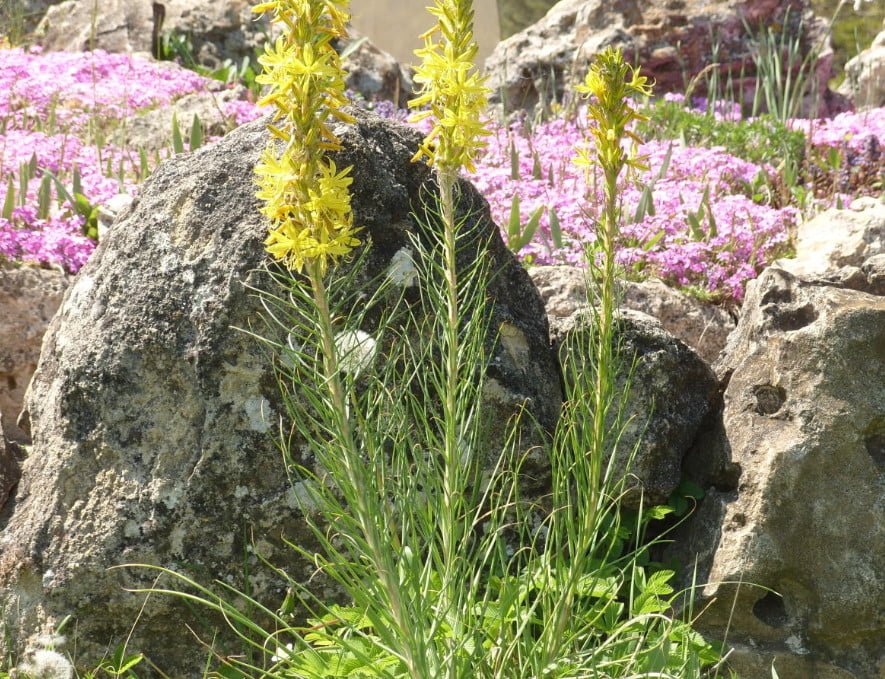
Asphodeline lutea-elegant plant height of 70-80 cm with a kind of yellow candles-inflorescences; blooms in may and June. In the middle zone of the landing site for the winter, it is necessary to cover with humus and spruce branches.
Helichrysum italicum
Low-key background plant: its silver color pleases throughout the growing season, and the tart flavor on a hot summer day increases.
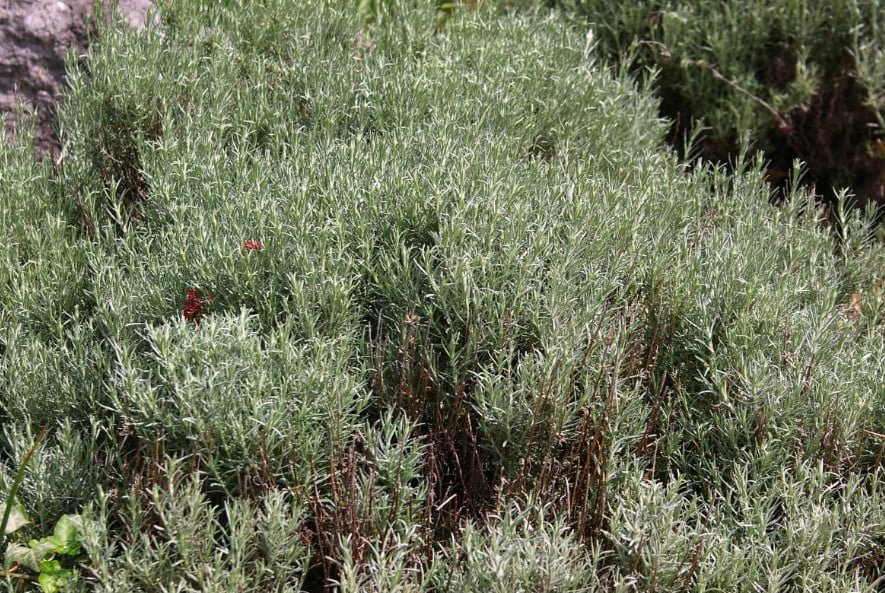
Helichrysum italicum-evergreen shrub up to 60 cm, width up to 1 m Blooms in summer yellow small baskets collected in the flaps.
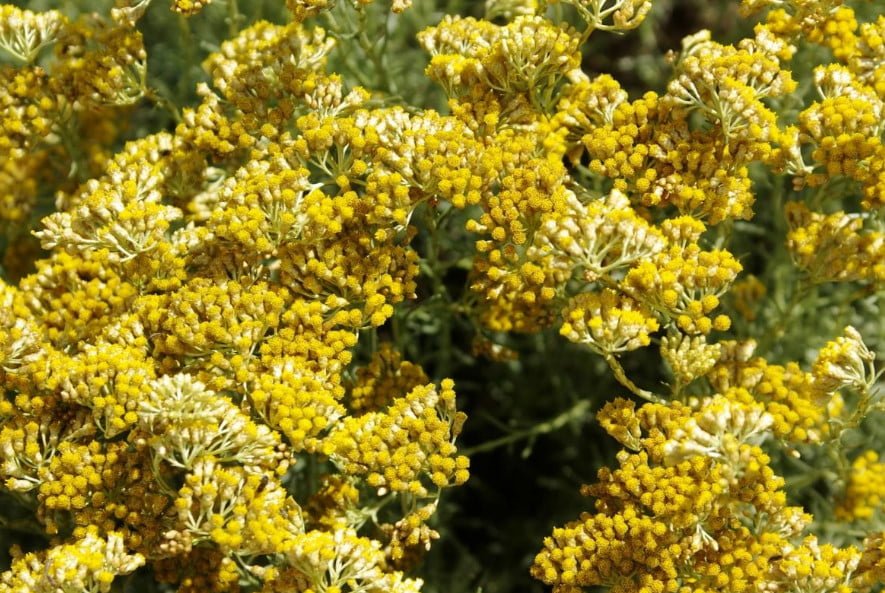
Winter-hardy, but in the first year of planting it is better to cover it with dry leaves, spruce branches. Propagated by cuttings in October-November.
Hypericum calycinum
Luxury in the flowering period, profusely scattering the gold of their flowers.
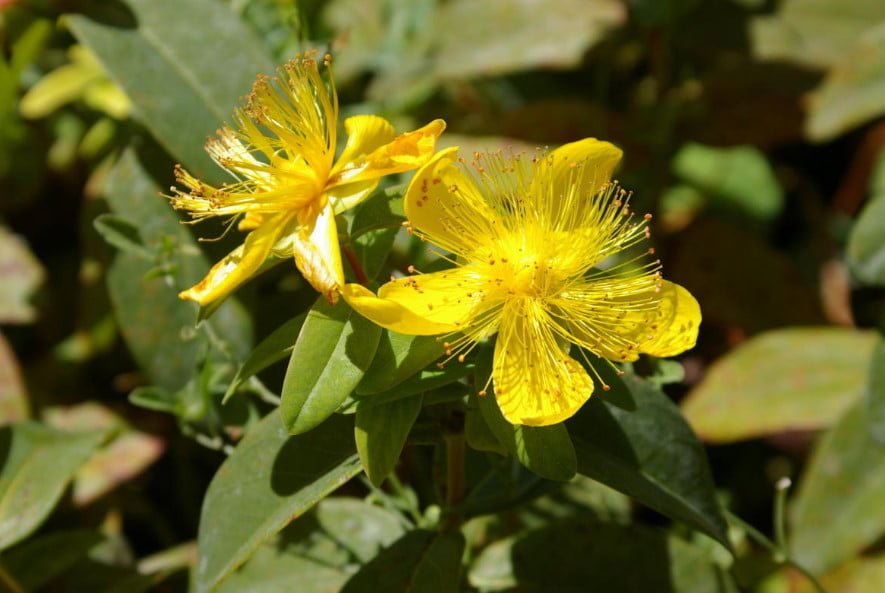
Hypericum calycinum-evergreen shrub up to 60 cm The only negative-lack of frost resistance, so for the middle band can not recommend it, but the plant is so beautiful and drought-resistant that I decided to include it in this article.
Iberis sempervirens, syn. I. commutata
On our site, he finds more and more fans.
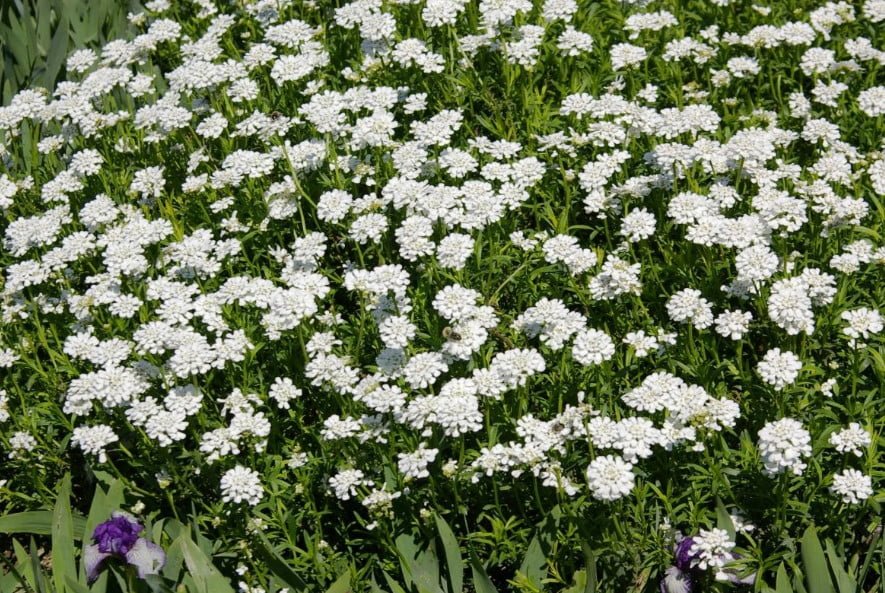
Iberis sempervirens, syn. I. commutata – shrub with persistent in winter, small leaves, height 30 cm, width 40 cm Small white flowers, gathered in small, dense terminal racemes, blooming in April.
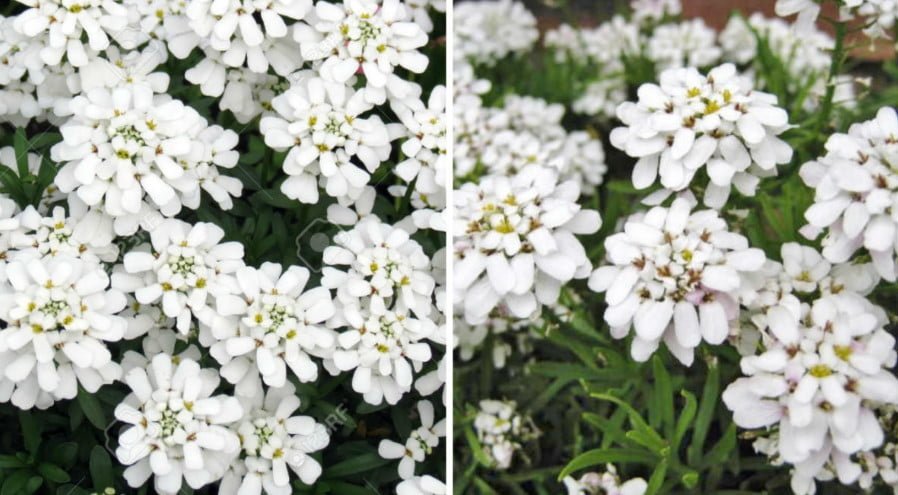
Decorative varieties are difficult to distinguish from each other; the visual difference lies in the compactness of the ” bushes»:
- ‘Snowflake’, syn. ‘Schneeflocke’ – height 25 cm, width-60 cm;
- ‘Weisser Zwerg’, syn. ‘Little Gem’ – 15 cm in height and 25 cm in width.
In the middle lane requires winter shelter.
Centranthus ruber
How without it in the dry areas?
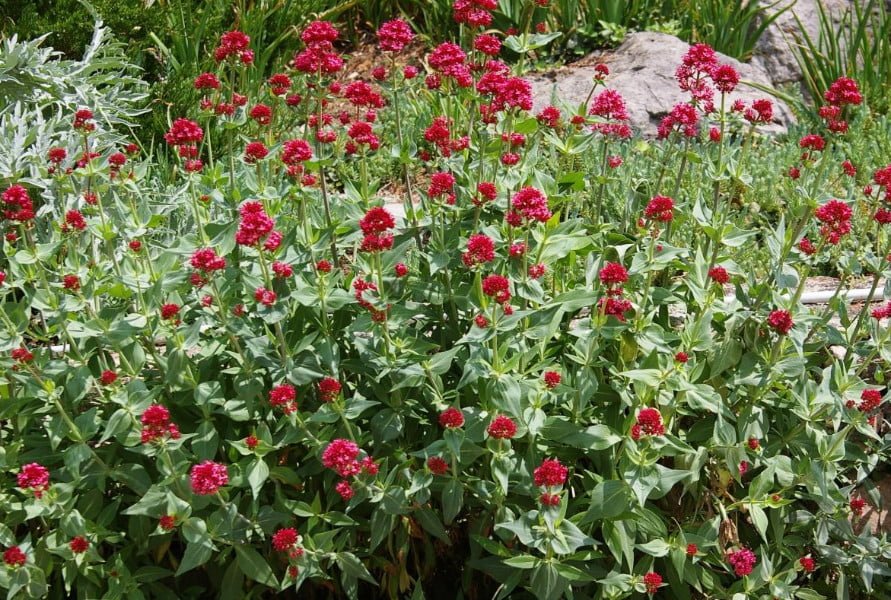
Centranthus ruber is a beautiful herbaceous perennial 60-70 cm, width – 1 m. the Flowers are pink, red, white, bloom from may to September. In addition to the southern regions, you can try to grow in protected areas of cottages with a dry shelter. Easily propagated by self-seeding.
Aethionema grandiflorum, syn. A. pulchellum
Aethionema grandiflorum, syn. A. pulchellum-semi-evergreen shrub 20-30 cm high and wide.

The flowers are white, light pink, fragrant, collected in small inflorescences; bloom in April-may. After flowering, cut; preferably calcareous soil. In the middle zone it is grown as an annual. Propagated by seeds.
Lavandula angustifolia
When you see the fascinating flowering of lavender in the highlands, it becomes obvious: here it is – an ideal plant for dry areas.
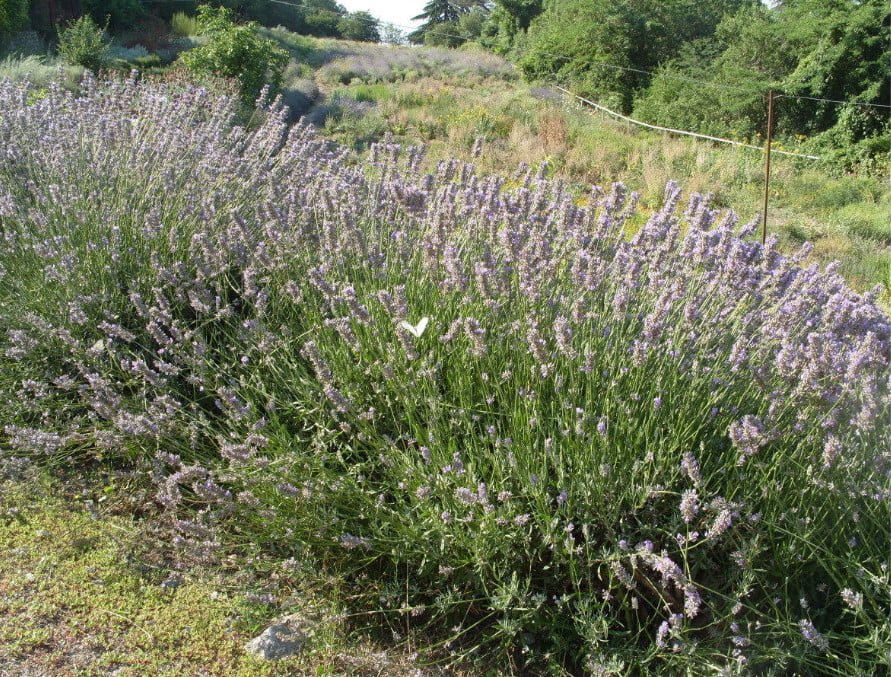
Lavandula angustifolia: height up to 1 m, width up to 1.2 m.
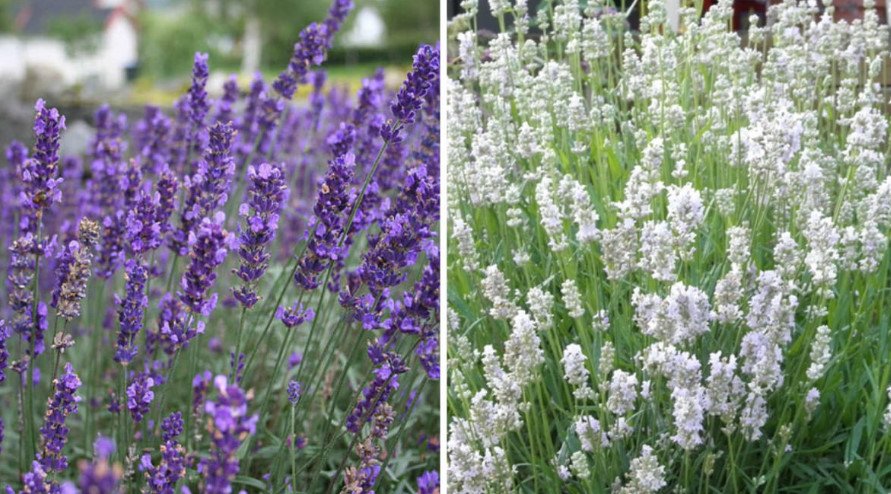
Decorative varieties:
- ‘Hidcote’ – up to 60 cm high, 75 cm wide, dark purple flowers;
- ‘Jean Davis’ – flowers pale-lilac;
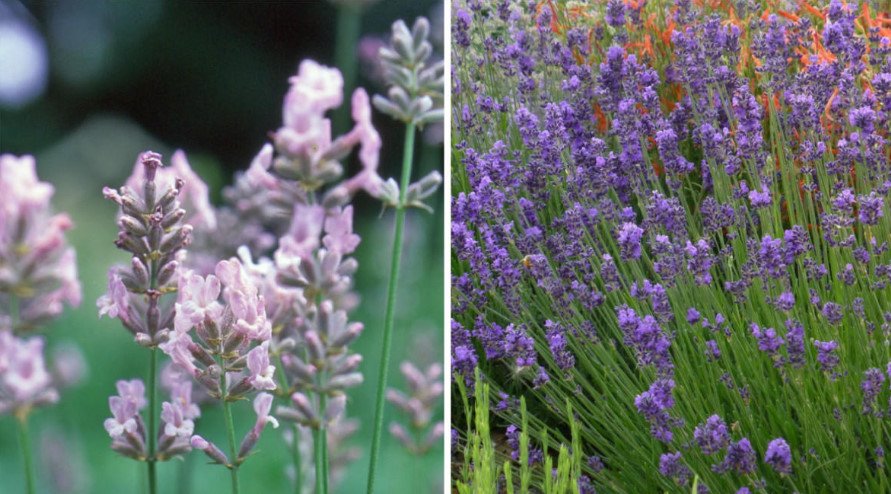
- ‘Loddon Pink’ – compact, up to 45 cm in height, width – 60 cm, light pink flowers;
- ‘Munstead’ – height 45 cm, width-60 cm, blue-purple flowers;
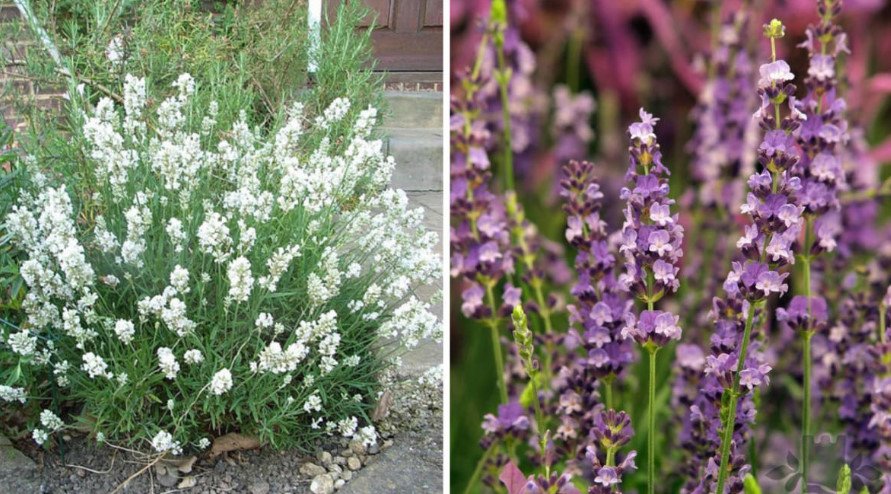
- ‘Nana Alba’ – height and width 30 cm, white flowers;
- ‘Twickel Purple’ -height 60 cm, width -1 m, bright purple flowers.
The soil around more demanding varieties is good to loosen, and after rains – mulch.
Sempervivum
Several types, forms and varieties are definitely worthy of attention of the owners of “dry” cottages.
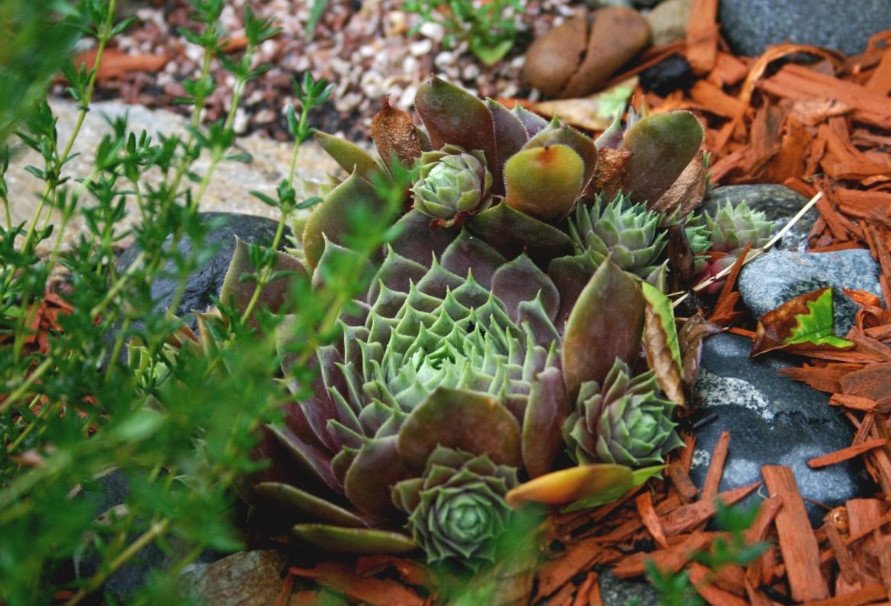
This Sempervivum tectorum, S. arachnoideum and others. Throughout the growing season they are interesting rosettes of leaves. In the middle lane are in need of winter shelter. Propagated by daughter outlets.
In addition, in dry areas it is quite possible to introduce xerophytic flower beds and rockeries into the composition:
- Euphorbia;
- Stachys Siebold, S. Byzantine;
- Kniphofia;
- Phlomis;
- Artemisia;
- Centaurea;
- Verbascum;
- Thymus;
- Satureja;
- Drought-resistant cereals and others.
Have you ever faced the problems of arid areas? What plants from the above ten grow in your country?
